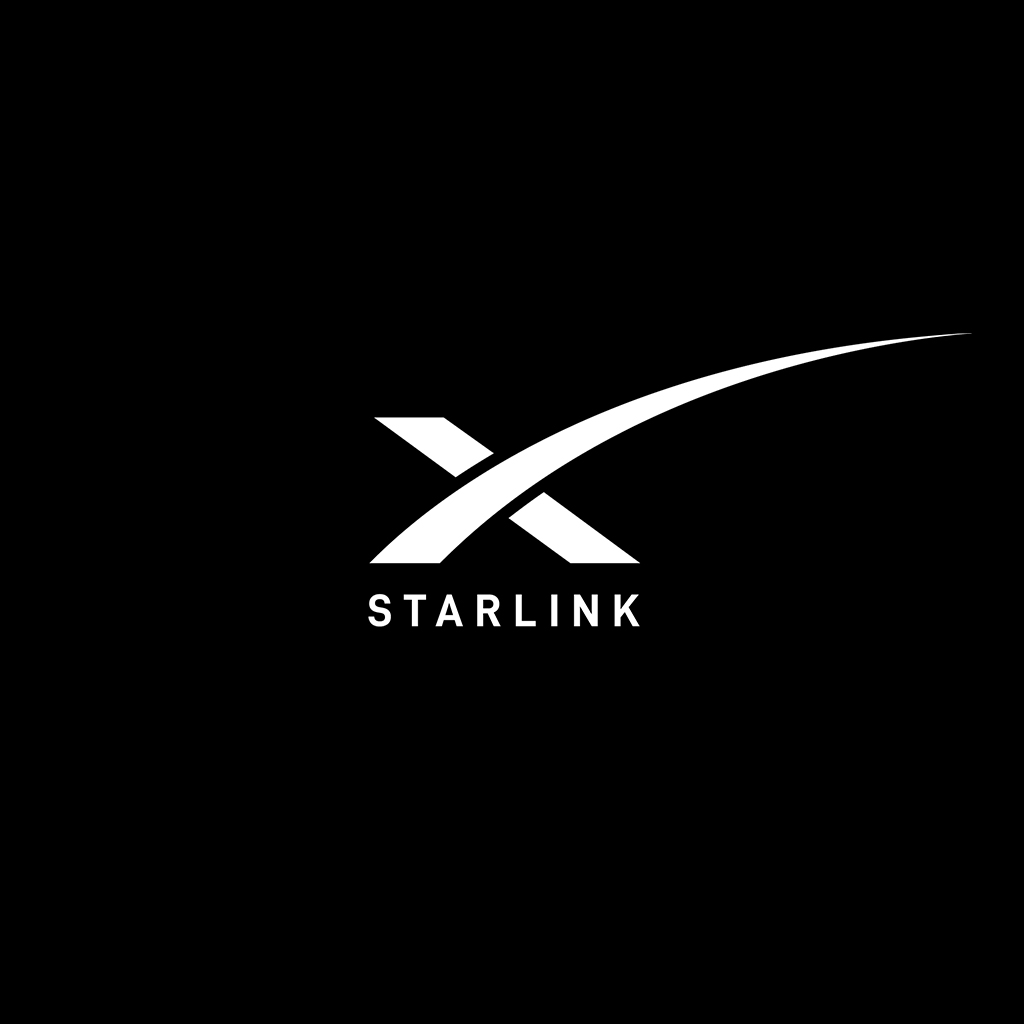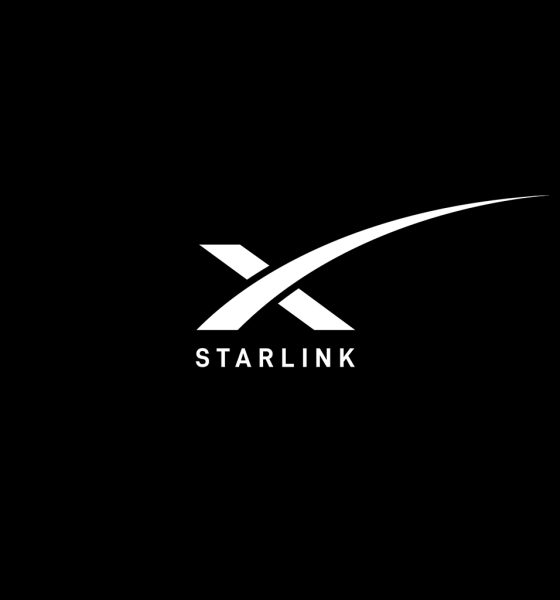SpaceX appealed the Federal Communications Commission’s reversal of Starlink’s infrastructure award of $885.5 million. The appeal was filed electronically and hand-delivered to FCC Secretary Marlene Dortch.
In the executive summary, it said that the decision to exclude Starlink from the Rural Digital Opportunity Fund (RDOF) was flawed in both matters of law and policy. According to the document,
“It fails legally because it contradicts the record—including SpaceX’s and Starlink’s proven capabilities—it contradicts the Commission’s stated rules for the program, and it rests on unsupported conjecture and outside-the-record information apparently cherry-picked from somewhere on the Internet.”
“Worse, it fails the RDOF’s very purpose: closing the digital divide. As the last few years have highlighted, it is critical to connect all Americans as quickly as possible, whether to enable kids to do their homework, empower parents to work from home, help doctors provide telehealth services, or assist first responders with emergency situations. The Bureau’s decision undermines this goal, leaving the very Americans that RDOF was supposed to connect stranded indefinitely on the wrong side of the digital divide.”
“This decision is so broken that it is hard not to see it as an improper attempt to undo the Commission’s earlier decision, made under the previous Administration, to permit satellite broadband service providers to participate in the RDOF program. The decision appears to have been rendered in service to a clear bias towards fiber, rather than a merits-based decision to actually connect unserved Americans. Commissioner Starks, in adopting the RDOF Order, correctly foresaw that “next-generation satellite broadband holds tremendous technological promise for addressing the digital divide and is led by strong American companies with a lengthy record of success.”
“Rightly, he directed the Bureau to “evaluate those applications on their own merits.” But the Bureau inexplicably ignored this direction and instead applied far different standards to SpaceX’s application precisely because SpaceX proposes to use satellites.”
SpaceX also said that the Bureau’s decision to improperly misuse data outside the record to penalize it alone for its system’s current speeds was one of the many errors. Another error was that the Bureau ignored SpaceX’s “robust record evidence” of its proven ability to quickly expand and upgrade its network.
The Bureau failed to account for SpaceX’s transparent all-in pricing against the “opaque pricing—which disguises the true cost to consumers—common in the industry,” SpaceX said.
“The Bureau’s decision holds SpaceX to standards not adopted by the Commission for the RDOF program. Indeed, these are standards that no bidder could meet today. Changing the rules to undo a prior policy is grossly unfair after SpaceX has invested thousands of employee hours and millions of dollars preparing to meet its RDOF obligations on the reasonable assumption that the Bureau would apply the Commission’s rules in an even-handed manner.”
“Far more troubling, as no RDOF applicant offering fiber even bid in the majority of the territories SpaceX committed to serve through RDOF, the Bureau’s decision leaves the Commission with no plan to connect many unconnected Americans, undermining the very purpose of this program. The decision should not be allowed to stand, leaving the people in these rural areas across our country behind yet again.”
Last month, FCC Commissioner, Brenden Carr, called out the agency for denying Starlink’s award. Along with a statement posted to Twitter, he tweeted that it would leave rural Americans “waiting on the wrong side of the digital divide.”
Your feedback is welcome. If you have any comments, or concerns, or see a typo, you can email me at johnna@teslarati.com. You can also reach me on Twitter at @JohnnaCrider1.
Teslarati is now on TikTok. Follow us for interactive news & more.

News
Tesla starts showing how FSD will change lives in Europe
Local officials tested the system on narrow country roads and were impressed by FSD’s smooth, human-like driving, with some calling the service a game-changer for everyday life in areas that are far from urban centers.

Tesla has launched Europe’s first public shuttle service using Full Self-Driving (Supervised) in the rural Eifelkreis Bitburg-Prüm region of Germany, demonstrating how the technology can restore independence and mobility for people who struggle with limited transport options.
Local officials tested the system on narrow country roads and were impressed by FSD’s smooth, human-like driving, with some calling the service a game-changer for everyday life in areas that are far from urban centers.
Officials see real impact on rural residents
Arzfeld Mayor Johannes Kuhl and District Administrator Andreas Kruppert personally tested the Tesla shuttle service. This allowed them to see just how well FSD navigated winding lanes and rural roads confidently. Kruppert said, “Autonomous driving sounds like science fiction to many, but we simply see here that it works totally well in rural regions too.” Kuhl, for his part, also noted that FSD “feels like a very experienced driver.”
The pilot complements the area’s “Citizen Bus” program, which provides on-demand rides for elderly residents who can no longer drive themselves. Tesla Europe shared a video of a demonstration of the service, highlighting how FSD gives people their freedom back, even in places where public transport is not as prevalent.
What the Ministry for Economic Affairs and Transport says
Rhineland-Palatinate’s Minister Daniela Schmitt supported the project, praising the collaboration that made this “first of its kind in Europe” possible. As per the ministry, the rural rollout for the service shows FSD’s potential beyond major cities, and it delivers tangible benefits like grocery runs, doctor visits, and social connections for isolated residents.
“Reliable and flexible mobility is especially vital in rural areas. With the launch of a shuttle service using self-driving vehicles (FSD supervised) by Tesla in the Eifelkreis Bitburg-Prüm, an innovative pilot project is now getting underway that complements local community bus services. It is the first project of its kind in Europe.
“The result is a real gain for rural mobility: greater accessibility, more flexibility and tangible benefits for everyday life. A strong signal for innovation, cooperation and future-oriented mobility beyond urban centers,” the ministry wrote in a LinkedIn post.
News
Tesla China quietly posts Robotaxi-related job listing
Tesla China is currently seeking a Low Voltage Electrical Engineer to work on circuit board design for the company’s autonomous vehicles.

Tesla has posted a new job listing in Shanghai explicitly tied to its Robotaxi program, fueling speculation that the company is preparing to launch its dedicated autonomous ride-hailing service in China.
As noted in the listing, Tesla China is currently seeking a Low Voltage Electrical Engineer to work on circuit board design for the company’s autonomous vehicles.
Robotaxi-specific role
The listing, which was shared on social media platform X by industry watcher @tslaming, suggested that Tesla China is looking to fill the role urgently. The job listing itself specifically mentions that the person hired for the role will be working on the Low Voltage Hardware team, which would design the circuit boards that would serve as the nervous system of the Robotaxi.
Key tasks for the role, as indicated in the job listing, include collaboration with PCB layout, firmware, mechanical, program management, and validation teams, among other responsibilities. The role is based in Shanghai.
China Robotaxi launch
China represents a massive potential market for robotaxis, with its dense urban centers and supportive policies in select cities. Tesla has limited permission to roll out FSD in the country, though despite this, its vehicles have been hailed as among the best in the market when it comes to autonomous features. So far, at least, it appears that China supports Tesla’s FSD and Robotaxi rollout.
This was hinted at in November, when Tesla brought the Cybercab to the 8th China International Import Expo (CIIE) in Shanghai, marking the first time that the autonomous two-seater was brought to the Asia-Pacific region. The vehicle, despite not having a release date in China, received a significant amount of interest among the event’s attendees.
Elon Musk
Elon Musk and Tesla AI Director share insights after empty driver seat Robotaxi rides
The executives’ unoccupied tests hint at the rapid progress of Tesla’s unsupervised Robotaxi efforts.

Tesla CEO Elon Musk and AI Director Ashok Elluswamy celebrated Christmas Eve by sharing personal experiences with Robotaxi vehicles that had no safety monitor or occupant in the driver’s seat. Musk described the system’s “perfect driving” around Austin, while Elluswamy posted video from the back seat, calling it “an amazing experience.”
The executives’ unoccupied tests hint at the rapid progress of Tesla’s unsupervised Robotaxi efforts.
Elon and Ashok’s firsthand Robotaxi insights
Prior to Musk and the Tesla AI Director’s posts, sightings of unmanned Teslas navigating public roads were widely shared on social media. One such vehicle was spotted in Austin, Texas, which Elon Musk acknowleged by stating that “Testing is underway with no occupants in the car.”
Based on his Christmas Eve post, Musk seemed to have tested an unmanned Tesla himself. “A Tesla with no safety monitor in the car and me sitting in the passenger seat took me all around Austin on Sunday with perfect driving,” Musk wrote in his post.
Elluswamy responded with a 2-minute video showing himself in the rear of an unmanned Tesla. The video featured the vehicle’s empty front seats, as well as its smooth handling through real-world traffic. He captioned his video with the words, “It’s an amazing experience!”
Towards Unsupervised operations
During an xAI Hackathon earlier this month, Elon Musk mentioned that Tesla owed be removing Safety Monitors from its Robotaxis in Austin in just three weeks. “Unsupervised is pretty much solved at this point. So there will be Tesla Robotaxis operating in Austin with no one in them. Not even anyone in the passenger seat in about three weeks,” he said. Musk echoed similar estimates at the 2025 Annual Shareholder Meeting and the Q3 2025 earnings call.
Considering the insights that were posted Musk and Elluswamy, it does appear that Tesla is working hard towards operating its Robotaxis with no safety monitors. This is quite impressive considering that the service was launched just earlier this year.










